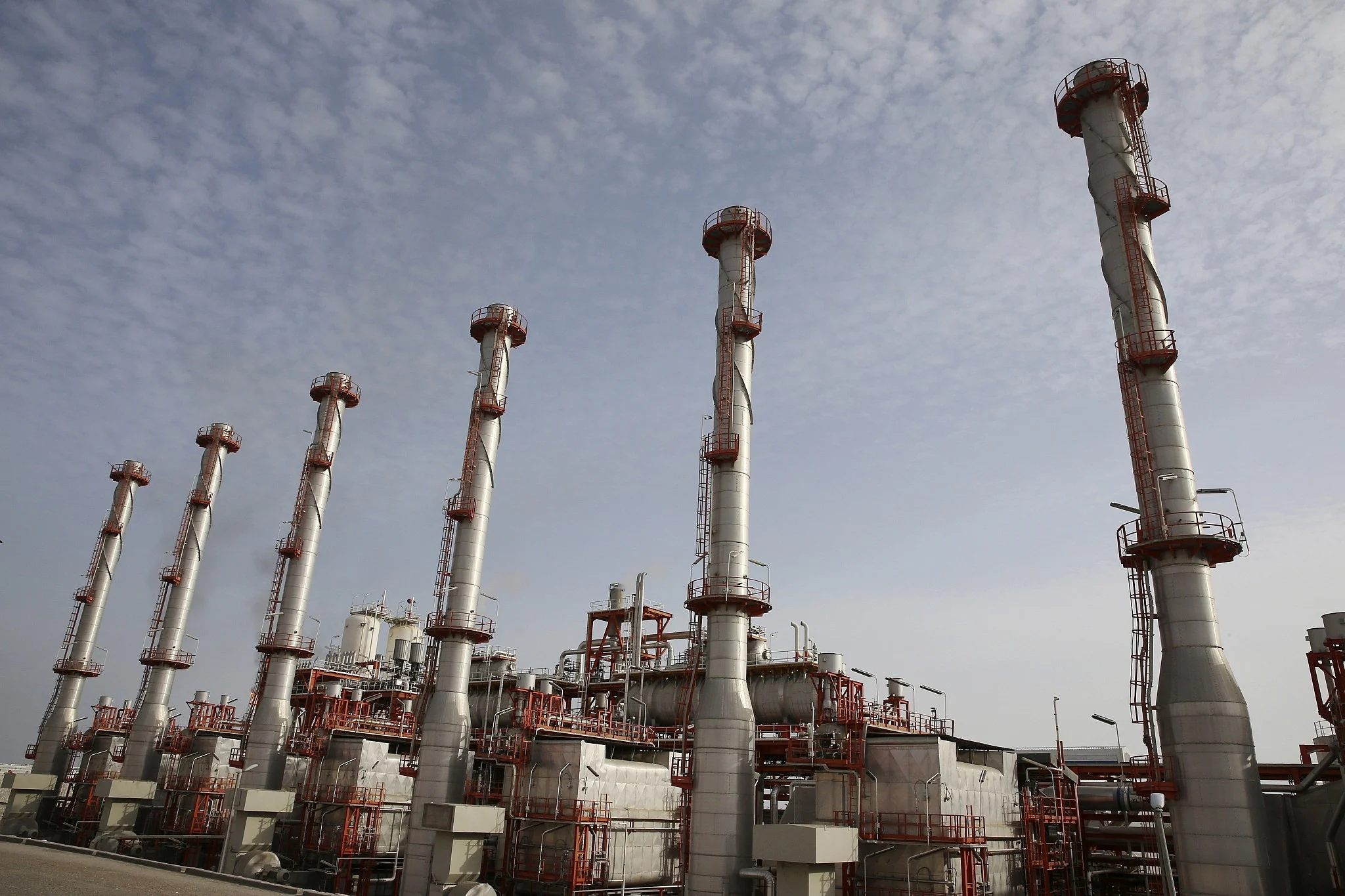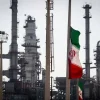Iran, home to the world’s second-largest natural gas reserves, continues to assert its role as a key energy exporter in 2025. Despite facing stringent U.S. sanctions and domestic energy challenges, Tehran maintains and even expands its gas exports, particularly to neighboring countries.
1. Export Volumes and Key Markets
In 2025, Iran plans to export approximately 16 billion cubic meters (bcm) of natural gas, valued at $5.2 billion. This marks a notable increase from previous years, reflecting Tehran’s commitment to sustaining its energy trade despite external pressures.Wikipedia
- Iraq: Under a five-year agreement signed in 2024, Iran supplies up to 50 million cubic meters of gas per day to Iraq, fulfilling a significant portion of Iraq’s electricity generation needs. However, U.S. sanctions have led to the expiration of waivers for electricity imports, prompting Iraq to seek alternative energy sources. NCR Iran+6Reuters+6Reuters+6Reuters+2AP News+2realclearenergy.org+2
- Turkey: Iran’s gas exports to Turkey increased by over 30% in 2024, raising its market share to 13.56%. The long-standing 25-year gas export agreement between the two nations is set to expire in 2026, with discussions underway for renewal. totalnews.com.tr
- China: While primarily an oil customer, China remains a significant player in Iran’s energy export landscape. In March 2025, China’s imports of Iranian oil surged to an all-time high, reflecting the complex trade dynamics amid sanctions. Reuters
2. Infrastructure Developments and Strategic Partnerships
To bolster its export capabilities, Iran is investing in infrastructure and forging strategic partnerships:
- South Pars Gas Field: A $17 billion project aims to enhance extraction from the South Pars gas field, ensuring sustained supply for both domestic consumption and exports. energynews
- Pipeline Projects: Iran is constructing the Iran Gas Trunkline-11 (IGAT-11), a 1,200 km pipeline designed to transport gas from the southern city of Asalouyeh to the northwest border, facilitating exports to Turkey and potentially Europe. Wikipedia
- Turkmenistan Gas Swaps: Iran engages in gas swap agreements with Turkmenistan, enabling the transit of Turkmen gas to Iraq and Turkey via Iranian territory, thereby expanding its role as a regional energy hub. Caspian News
3. Challenges Amid Sanctions and Domestic Shortages
Despite export successes, Iran faces significant challenges:NCR Iran
- U.S. Sanctions: The reinstatement of the “maximum pressure” campaign by the U.S. has led to the cessation of waivers for electricity imports from Iran, affecting Iraq’s energy security and prompting a search for alternative suppliers. realclearenergy.org+2Reuters+2AP News+2
- Domestic Energy Shortages: During harsh winters, Iran experiences gas shortages, leading to power outages and heating issues for its population. Nevertheless, the government prioritizes fulfilling export commitments, sometimes at the expense of domestic needs. NCR Iran
4. Outlook and Strategic Considerations
Iran’s gas export strategy in 2025 reflects a complex balancing act between economic imperatives, geopolitical pressures, and domestic challenges. While sanctions and infrastructure limitations pose hurdles, Tehran’s continued investment in energy projects and regional partnerships underscores its determination to remain a key player in the global energy market.






